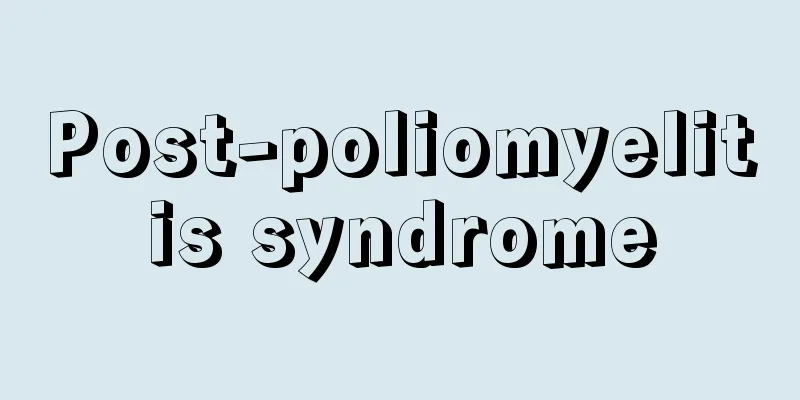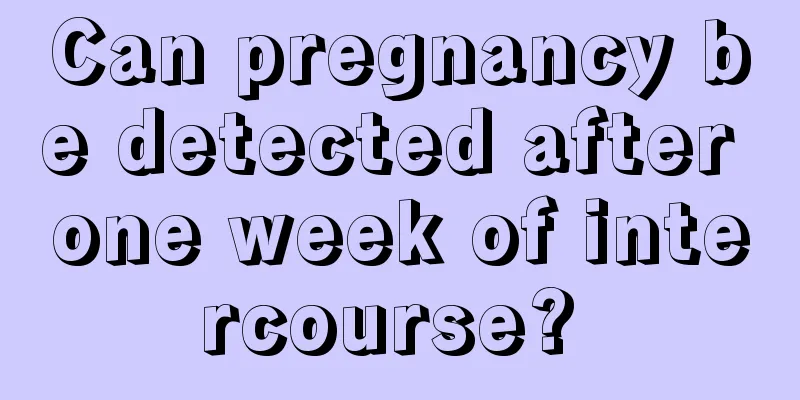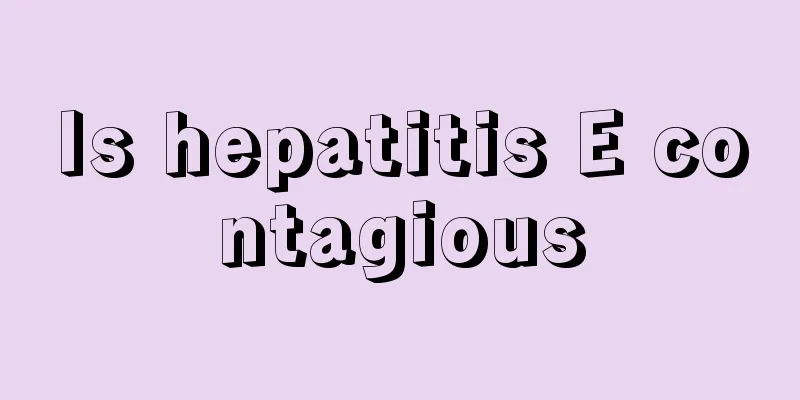Post-poliomyelitis syndrome

|
For many parents, a child's minor cold is like a disaster. But some parents are suffering even greater pain. For example, parents whose children are suffering from polio may want to help their children bear the pain, but they are powerless. The torture of polio is not just the disease itself, its sequelae are even more painful. So what exactly is the sequelae of poliomyelitis? What are the obvious symptoms of the sequelae of poliomyelitis? What methods need to be used to treat the sequelae of poliomyelitis? I believe that many parents who have children with this disease will be confused. Poliomyelitis is an acute infectious disease caused by a group of neurotropic viruses. It mainly damages the anterior horn cells of the spinal cord, causing degeneration of motor nerve fibers and flaccid paralysis of the innervated muscles. Spinal cord damage is mainly in the lumbar and cervical spine. The brain stem or cerebrum may also be affected. Neurons are damaged and paralysis cannot be recovered; if it is squeezed by congestion, edema, or compression, it can be recovered to varying degrees or completely. The paralysis is characterized by flaccidity, bilateral asymmetry, non-distribution according to peripheral nerve trunk distribution, and no uneven sensory disturbance. This disease is common in children under 5 years old, so it is called "polio". Poliomyelitis exists in countries all over the world. It is more common in rural areas of my country than in cities. It infects the public and is more common in summer and autumn (June-September). The infectious agents are patients and healthy carriers, and the disease is transmitted through the gastrointestinal and respiratory tracts. The main approach to this disease is prevention. Some of the sequelae can be treated through surgery to restore function and correct deformities. Clinical manifestations 1. Imbalance in muscle function: such as clubfoot deformity, cavus foot, etc. 2. Degeneration and contracture of muscles and fascia: such as hip flexion, abduction and external rotation deformity, scoliosis, knee flexion, recurvature, external varus, etc. 3. Skeletal malformations, shortening deformities, muscle atrophy due to disuse, etc. From the above introduction, we can understand that post-poliomyelitis sequelae are the sequelae of the acute infectious disease poliomyelitis. Children are generally more susceptible to this disease, so it is very necessary for parents to understand the relevant knowledge and choose the most suitable hospital and professional doctors to develop a rehabilitation plan for their children. This is related to the child's life and cannot be taken lightly. |
>>: Six health secrets that can be revealed from the nose
Recommend
Diagnostic methods for prostate cancer recurrence What to do if prostate cancer recurs
How to diagnose the recurrence of prostate cancer...
What are the benefits of Siwutang foot bath
Speaking of Siwu Decoction, I believe many women ...
Dietary considerations for small cell lung cancer
What should be paid attention to in diet for smal...
Can I eat vinegar if I have a bad stomach?
Nowadays, as people's work and life pressures...
The difference between astigmatism and presbyopia
After people reach the age of 45, their eyesight ...
Toe and ring finger deformity
Many people are born with toe deformities. When t...
How to treat advanced colorectal cancer
Today, as medicine continues to advance, many peo...
What are some good acne treatments
Acne removal is the process of eliminating acne u...
What are the specific manifestations of spleen and stomach weakness
Weak spleen and stomach have a great impact on he...
Is the thyroid gland lymphatic?
Thyroid diseases and swollen lymph nodes both occ...
When is the best time to massage the Yongquan acupoint?
Nowadays, many people pay attention to massage fo...
How to use essential oils to reduce fever
When the body is invaded by foreign bacteria, the...
Eight ways using your cell phone can endanger your life
Mobile phones are an essential communication tool...
How to treat soft fibroma on the skin
Soft fibromas on the skin are usually benign tumo...
Early symptoms of pancreatic cancer in children
If you suspect your child has pancreatic cancer, ...









